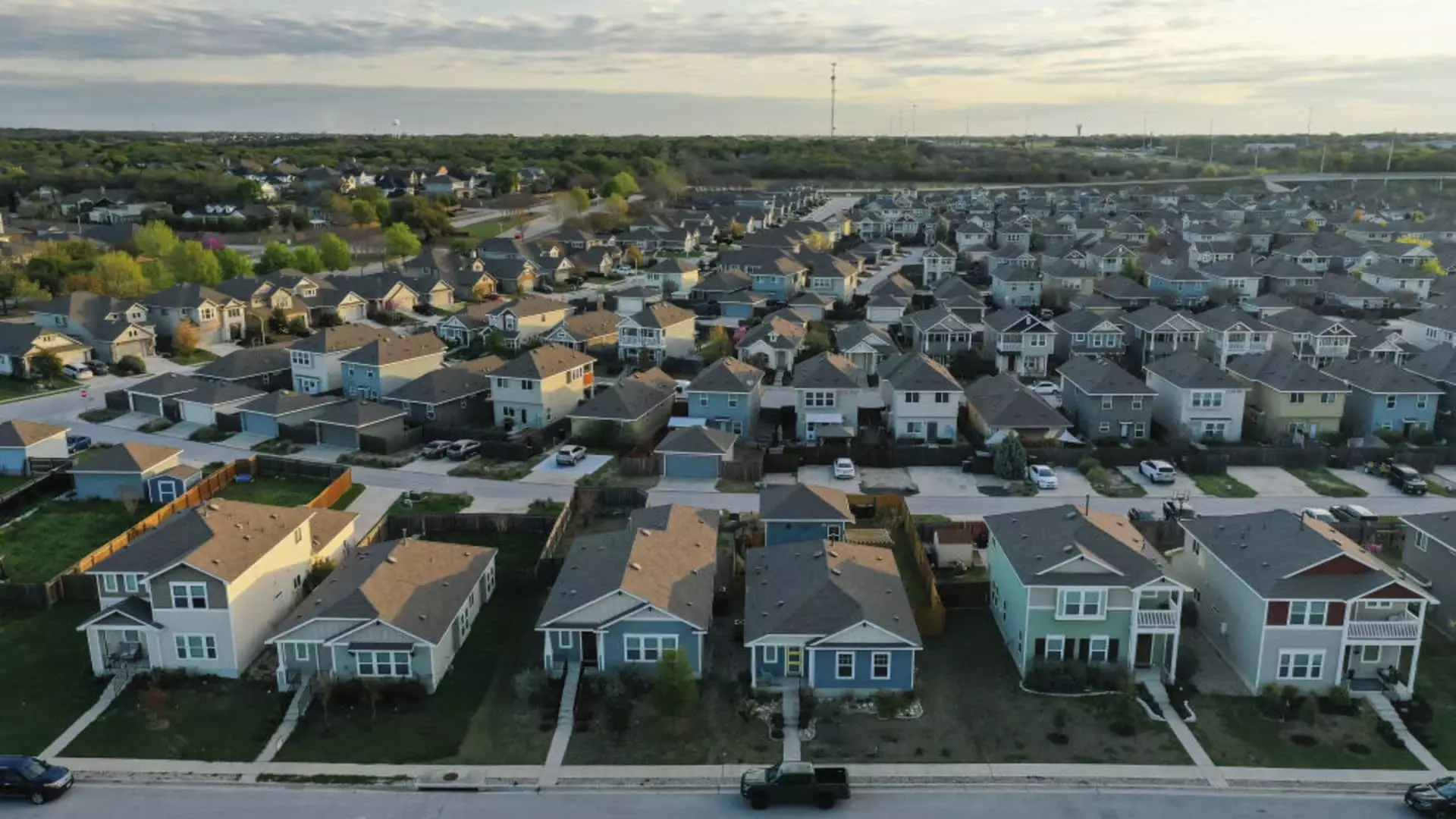In today’s real estate landscape, potential homebuyers are facing a unique challenge – a lack of available homes for sale. The housing market has barely begun to recover from a few lean years, and inventory of both new and existing homes is still relatively low. Interestingly, the supply of newly built homes seems to be disproportionately high when compared to existing homes, leading to a peculiar situation where home prices continue to climb despite the traditional belief that prices cool off when supply is high.
The Unusual Numbers
According to the National Association of Home Builders (NAHB), there is currently a 4.4-month supply of both new and existing homes for sale. In a balanced market, a six-month supply is considered optimal for both buyers and sellers. The COVID-19 pandemic has exacerbated the situation, driving demand to record levels by the start of 2021, resulting in a record low of just a two-month supply of homes for sale. The scarcity of available homes combined with robust demand pushed home prices up by over 40% from pre-pandemic levels.
While supply is beginning to increase, most of the gains are concentrated in the new home market rather than existing homes. This shift has resulted in a significant divide, with a nine-month supply of newly built homes compared to just a three-month supply of existing homes. The proportion of new construction in the total inventory has doubled, reaching 30%, which is far higher than historical averages. This marked separation in supply figures highlights the need to analyze the current market inventory holistically rather than in isolation.
This unusual trend in supply levels can be attributed to fluctuating mortgage rates and the lasting impact of the housing market disaster that unfolded two decades ago. The market experienced an unprecedented surge in home sales, construction, and prices in 2005, fueled by subprime mortgage lending. However, this rapid growth crashed swiftly, resulting in one of the worst foreclosure crises in history and the subsequent Great Recession.
The current real estate landscape has been influenced by roller-coaster mortgage rates, which hit historic lows at the start of the pandemic before rising to 20-year highs just two years later. Many borrowers locked in low rates through refinancing, making them reluctant to move and trade their favorable rates for current higher rates. This reluctance to list their homes created a shortage of available properties, giving builders a significant advantage in the market.
While some improvement has been observed in resale listings due to slight declines in mortgage rates, the supply-demand imbalance remains a prevalent issue. Home prices continue to soar, with persistent gains recorded across various price tiers. Notably, markets with limited inventory levels have seen substantial price growth, while regions experiencing a surge in the supply of homes have witnessed price declines. Analysts are closely monitoring the market for any signs of cooling prices and lower mortgage rates in the coming months.
Future Projections
Looking ahead, the housing market is expected to see a continued rise in inventory as the mortgage rate lock-in effect diminishes. While inventory levels support new construction and some price growth on a national scale, the balance between supply and demand remains delicate. The dynamics of the current market underscore the need for a comprehensive understanding of the factors driving home inventory and pricing trends.

